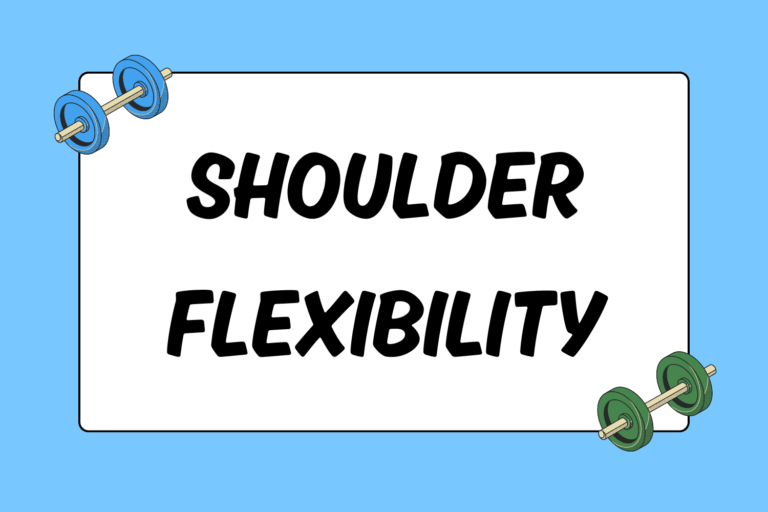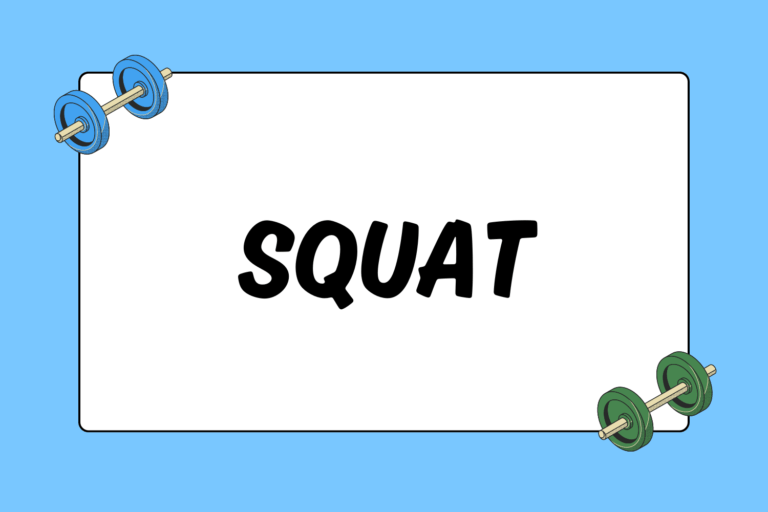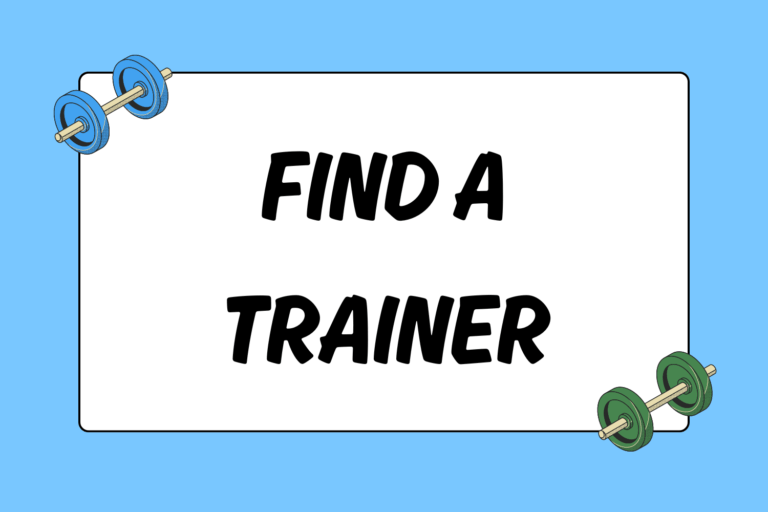For most people, pull-ups don’t come easily. They’re one of those exercises that can leave newbies intimidated when others make them look like they’re the simplest things in the world.
This exercise holds the power to tone multiple muscle groups at the same time. They require skill, body control, and muscular strength, but they can be learned by even the most novice athletes. Keep reading for tips on how to perform a pull-up.
Benefits
Pull-ups are great for all skill levels because they offer the same benefits to everyone:
- They work multiple muscle groups at once: By doing pull-ups, you’ll strengthen your upper body and core.
- They can be performed almost anywhere: You can use gyms, home gyms, and even public parks to do pull-ups.
- They offer cardiovascular training: If you complete a high number of repetitions, you’ll be strengthening your body and your heart.
- They help support good posture: Doing pull-ups strengthens the supportive back muscles that help promote correct posture. This can be preventative against future injuries and lower back pain.
- Little support is required for beginners: If you are new to pull-ups, you can do assisted pull-ups until you’re strong enough to do them by yourself. (See “Variations” for instructions on how to do assisted pull-ups.)
Mental Edge
As a general rule, make sure you exhale as you raise your body during the pull-up. Inhale as you lower yourself back to your starting position. It’s especially helpful if you concentration on breathing properly during your final repetitions; it will take your mind off the exhaustion felt in your muscles.
Muscle Groups Worked
Pull-ups focus on a variety of both large and small muscles located in the upper body and core:
- Latisimus Dorsi (“Lats”)
- Rhomboids
- Deltoids
- Biceps
Breaking down the Pull-up
The pull-up can be simplified into a few basic steps:
- First, get the proper grip on the bar. With your palms facing away from you, grip the bar with your fingers and thumbs curled over the top of the bar and pointing forward. Ensure that your hands are approximately shoulder-width apart.
- Start with your arms at about 160 degrees, not quite at full extension.
- Engage your core muscles so your midsection is tight and controlled.
- Breathe out as you pull your body upwards until your arms form 90-degree angles. Squeeze your shoulder blades together and downward as you pull yourself up to engage the appropriate muscles.
- Take a short pause when your chest is at bar level.
- Breathe in and bring your body downward in a slow and controlled motion.
- At the bottom of your motion, your arms should be back in their starting positions (not quite at full extension). Immediately start your next pull-up. This will ensure that your muscles remain engaged and you do not rest.
- Once you can master the technique and complete a pull-up properly, you can start by doing three sets of 8-10 repetitions.
Hot Tip: Quality over Quantity
Each pull-up must be completed with proper technique and precision to get the desired results. “Junk reps,” repetitions that lack any type of form, will get you nowhere. Take your time and learn the proper form before jumping into too many repetitions.
Variations
Another great thing about pull-ups is that there isn’t just one way to do them. There are variations you can use to add diversity to your workout. You can alter your grip to focus on certain muscles or use assistance if you don’t have the strength to do pull-ups on your own:
- Wide grip: Grip the bar so your hands are wider than shoulder-width apart. These pull-ups focus on your strengthening your lats, which will help facilitate healthy posture. As you increase your strength, you can increase the width of your grip.
- Close grip: Grip the bar so your hands are closer than shoulder-width apart. These types of pull-ups focus more on the biceps and forearms, which is helpful because the forearms can be difficult to focus on by themselves.
- Underhand grip: Reverse your regular pull-up grip by facing your palm towards you and wrapping your fingers around the bar so they too are pointed at you. This variation puts more emphasis on the biceps, which helps balance the anterior and posterior muscles of your upper body.
- Parallel grip: This grip requires an extension for your pull-up bar. Two smaller bars will sit perpendicular to the regular pull-up bar. When you grip the parallel bars using over-the-top grips, your palms will be facing each other. This variation also focuses on your biceps.
- Assisted pull-ups: If you don’t have the strength to do pull-ups on your own, you can do assisted pull-ups. There are assisted pull-up machines that eliminate some of your bodyweight through use of countering weights, but if you don’t have access to the machine, you can use a chair or exercise band:
- Exercise band: To use an exercise band, loop the band over the bar. Pull one end through the other so the band fixes itself around the bar, leaving an open end for you to work with. Place one knee in the loop, right below the kneecap. Then do your pull-up. You’ll notice that the elasticity of the band helps lift you during your pull-up. The thicker the band, the more support you’ll get.
- Chair: To use a chair, simply place a chair beneath you so the seat of the chair is directly under your feet. At the lowest point of your pull-up, you can help lift yourself up by pushing off the chair with your feet.
Hot Tip: Use Lifting Straps
Using lifting straps that securely wrap around your hand will facilitate a stronger grip and can help prevent sweating and blisters. Wrap the lifting straps tightly around the base of your knuckles for the best results.
Safety
To ensure that you do not injure yourself when doing a pull-up, it is important to follow a few simple guidelines:
- Prior to starting any workout, especially when doing pull-ups, make sure your body is amply warmed up. Increasing your heart rate to get your blood pumping will definitely be a benefit (and if you’re already sweating, that’s okay!).
- Do your pull-ups at the beginning of a workout to ensure good form.
- If using a chair to do assisted pull-ups, make sure your feet can reach the chair’s seat.
- Jewelry, such as rings, can prove to be a nuisance. It is recommended to take all jewelry off before doing pull-ups.
Common Mistakes
In order to get the best workout, make sure you avoid these simple mistakes when performing your pull-ups:
- Do not use momentum: Using momentum (jumping up) to initiate your pull will not work the intended muscles effectively.
- Control your breathing: By holding your breath or not controlling your breathing, you will not give your muscles the oxygen they need to contract.
- Use the pull-up as a starter exercise: Doing this exercise at the end of a workout (when you’re fatigued) can create bad habits.
- Be patient as you learn the skill: Getting frustrated early in skill development can cause you to give up.
- Focus on your own technique: Watching others do pull-ups in the gym isn’t always beneficial. Even if the person next to you can complete 100 pull-ups with ease, it doesn’t mean you should. Focus on yourself and try not to compete with or mimic the person next to you; their technique may not even be correct.
Add Pull-ups to Your Routine
Adding pull-ups to your strength training routine will offer a new challenge and diversity to your workout. Make sure you can accomplish each part of the pull-up separately to maintain perfect form. A pull-up is a simple combination of basic movements, so start with the basics and see immediate improvement!





